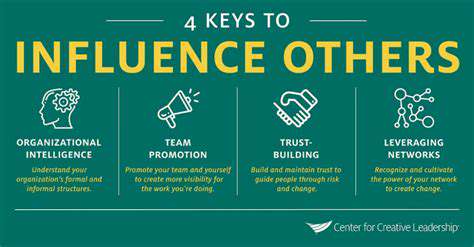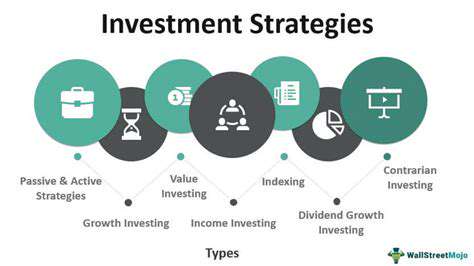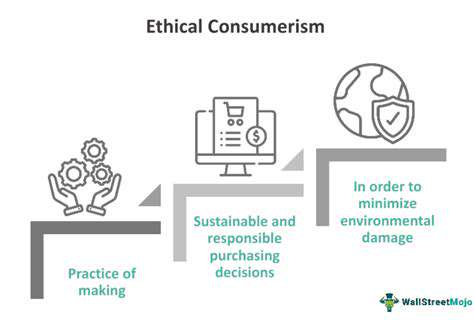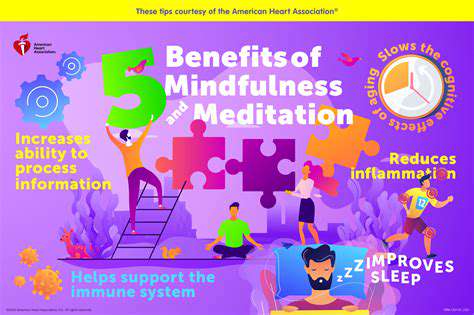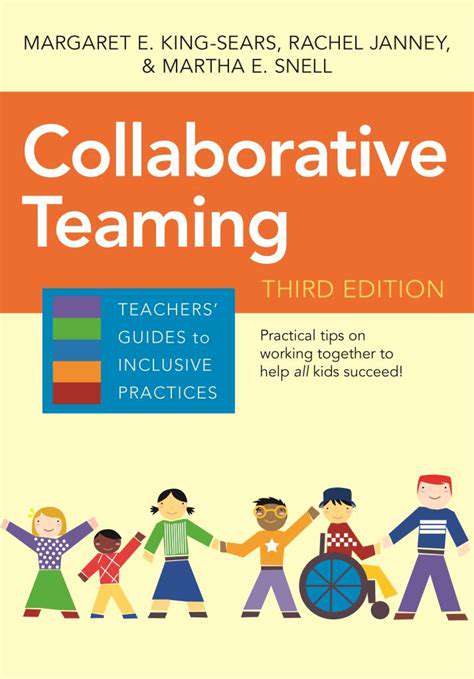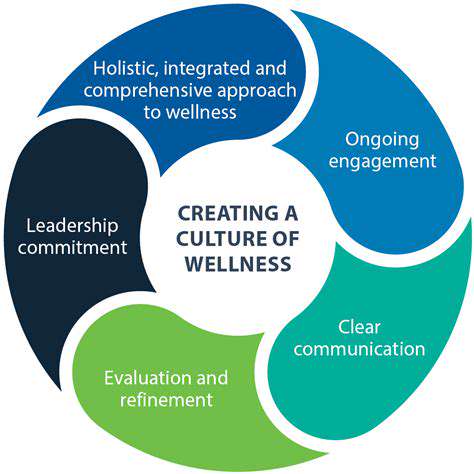Enhancing Learning Through Short Pauses: The Key to Improved Information Retention in Children
The Science Behind Short Pauses
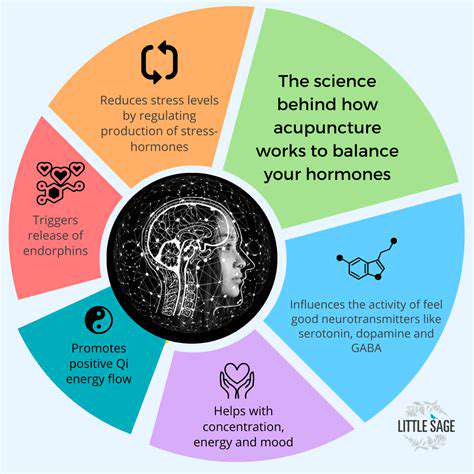
The Cognitive Benefits of Short Breaks
Short pauses during learning sessions allow the brain to process and consolidate information. These breaks can lead to improved focus and retention, making it easier for children to recall what they've learned. When students are given a moment to breathe and reflect, they often experience enhanced creativity and problem-solving skills.
Additionally, short breaks can help reduce cognitive overload. A constantly stimulated brain may struggle to absorb new information effectively. By incorporating brief pauses, we can maintain a healthy mental pace that fosters better learning outcomes.
Research shows that frequent short breaks are more effective than longer, less frequent breaks. Children are likely to feel less fatigued and more engaged with the material. This engagement is crucial for fostering a lifelong love of learning.
Furthermore, these breaks can encourage social interaction. Whether it's a quick chat with classmates or a simple stretching exercise, these moments can enhance collaboration and interpersonal skills.
Practical Strategies for Implementing Short Pauses
Teachers and parents can implement short pauses effectively in various learning environments. One approach is the Pomodoro Technique, which involves a 25-minute study session followed by a 5-minute break. This method not only keeps students alert but also provides a structured framework for their study habits.
Another effective strategy is to incorporate movement into breaks. Physical activity, even brief, can stimulate brain function and enhance mood. Simple exercises or quick stretches can rejuvenate children, making them more receptive to new information.
Additionally, mindfulness practices can be an excellent way to use short pauses. A few moments of deep breathing or light meditation can help clear the mind and reduce anxiety. This is especially useful before tackling challenging subjects.
Finally, encouraging students to reflect on what they’ve learned during these pauses can deepen their understanding. Journaling or discussing key points with peers can solidify knowledge and allow for personal connections to the material.
The Impact of Short Pauses on Attention Span
Attention spans in children are not what they used to be, with many reports indicating a decline in focus due to digital distractions. Short pauses can help mitigate this issue by giving the brain a chance to reset. These intervals can help maintain children's attention throughout longer learning periods.
Breaking tasks into smaller chunks with short breaks in between allows children to manage their focus better. Instead of feeling overwhelmed, they can approach learning in a more manageable and satisfying way. This practice reinforces the idea that learning doesn't have to be a marathon but can involve bursts of activity followed by rest.
Additionally, when children know they have a break coming up, they may be more motivated to concentrate. This anticipation can transform their disposition towards learning. They can look forward to the pause as a reward for effort, thereby improving overall engagement.
Ultimately, teaching children the skill of focusing for shorter periods could better prepare them for future challenges. As they learn to balance study and rest, they gain tools that will benefit them throughout their educational journey.
Long-Term Benefits of Incorporating Short Pauses
Incorporating short pauses in learning can lead to long-term benefits that extend beyond the classroom. Children accustomed to taking breaks are more likely to embrace a balanced lifestyle. This balance can foster better mental health and well-being as they navigate the demands of school and life.
Moreover, learning how to manage their focus and energy can boost their academic performance over time. This approach can lead to higher grades, successful project completion, and increased self-esteem. The ability to concentrate effectively is a vital skill that can translate into future professional settings.
As children see the positive effects of short pauses, they may become advocates for their learning styles. They will learn to recognize their needs for breaks, self-advocating for their health and productivity. This awareness cultivates a sense of responsibility and self-management early on.
In summary, the implementation of short pauses enhances not only immediate learning experiences but also instills habits that benefit children throughout their lives. By embracing this approach, educators and parents can support the development of well-rounded, capable individuals.
Implementing Short Pauses in Instruction
Understanding the Science Behind Short Pauses
Research in cognitive psychology suggests that our brains can only process a finite amount of information at a time. When we introduce short pauses during instruction, we allow students to consolidate and integrate what they've just learned.
These pauses can facilitate a deeper understanding of the material. Rather than overwhelming students with constant information, short breaks create an opportunity for reflection, which enhances cognitive processing.
Moreover, studies have shown that information retention improves significantly when learners take brief intermissions. These moments give the brain a chance to rest and prepare for the next segment of learning.
Short pauses also activate different areas in the brain associated with memory formation. Engaging these areas during educational activities can result in stronger memory traces.
Ultimately, understanding the science behind short pauses encourages educators to incorporate them into their teaching strategies to boost student engagement and retention.
Practical Strategies for Implementing Pauses
To effectively implement short pauses in instruction, educators can use techniques such as think-pair-share. This involves students taking a moment to think about a question, discuss it with a partner, and then share their insights with the class.
Another strategy is using brief mindfulness moments. These can include simple breathing exercises or guided visualization for just a couple of minutes, helping to clear students' minds and refresh their focus.
Teachers can also utilize the 'pause and ponder' technique, where they stop the lesson at key points and allow students to reflect quietly or jot down their thoughts before continuing.
Incorporating multimedia tools can be effective as well. Short videos or audio clips can serve as interludes that not only capture students' attention but also aid in explaining complex concepts.
Finally, establishing a routine where pauses are expected can help students adapt and look forward to these breaks, encouraging their participation and reducing anxiety during learning sessions.
Evaluating the Impact of Pauses on Learning Outcomes
To measure the effectiveness of implementing short pauses in learning environments, educators can utilize various assessment methods. Pre- and post-tests can provide insights into information retention levels.
Additionally, anecdotal evidence from student feedback can highlight individual perceptions of how pauses contributed to their learning experience. Gathering this qualitative data can complement quantitative assessments.
Observation in classroom settings also plays a crucial role. Noting changes in student engagement and participation can help educators assess whether the incorporation of pauses is making a difference.
Longitudinal studies are particularly helpful in examining the long-term impact of short pauses on learning. Tracking the progress of students over time can reveal how these strategies influence their overall academic performance.
Ultimately, a combination of different evaluation methods will provide a comprehensive view of the effectiveness of short pauses in enhancing learning and information retention.
Benefits of Short Pauses
Improved Focus and Attention
Incorporating short pauses during learning sessions allows children to reset their focus and attention. The natural attention span of children can be limited, and without breaks, their ability to absorb information effectively diminishes. By taking a moment to pause, children can process what they've learned and prepare for the next segment of information.
These breaks can be brief, lasting from 1 to 5 minutes, yet they significantly enhance engagement. During these pauses, children can stretch, move around, or take deep breaths, which improves blood flow and revitalizes their minds, making them more receptive to learning.
Facilitating Memory Retention
Short pauses are beneficial for memory retention as they allow the brain to encode information more effectively. When children take breaks, they give their minds the opportunity to consolidate what they’ve learned. This is particularly important when new, complex information is introduced.
Studies suggest that incorporating brief intermissions between learning sessions can enhance long-term retention. By revisiting concepts after a short pause, children reinforce their understanding and encourage pathways in their brain to retain that knowledge for future recall.
Encouraging Active Learning
By integrating short pauses, educators can promote a shift from passive to active learning. Instead of just listening or watching, children are encouraged to engage with the material. They can discuss what they've learned with peers during these breaks or jot down summary points.
This interactive approach not only reinforces learning through discussion but also develops critical thinking skills. Children learn to articulate their thoughts and ideas, further deepening their understanding of the subject matter.
Reducing Cognitive Overload
Cognitive overload occurs when too much information is presented too quickly, leading to confusion and frustration. Short pauses can mitigate this risk by allowing children to process information bit by bit. By breaking down complex subjects into manageable chunks, teachers can help students avoid feeling overwhelmed.
Promoting Emotional Well-being
Short breaks are not only essential for cognitive functions but also play a crucial role in emotional well-being. Children thrive in environments where they feel relaxed and unpressured. These pauses provide an opportunity for them to recharge emotionally and socially.

